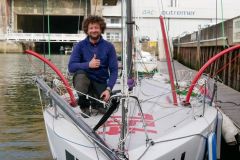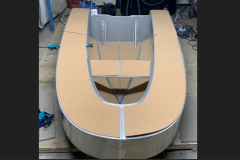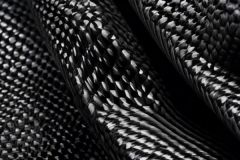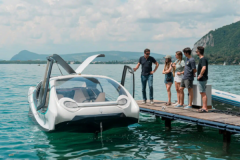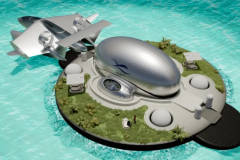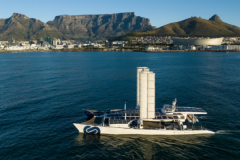The Hynova makes its Sea Show. It is going from Marseille to Monaco, stopping at port after port. The objective is not to sell this 40-foot open hull, but to demonstrate that hydrogen propulsion is no longer a mirage, but a reality in 2021.
Chloé Zaied, founder of Hynova, owns boats to accompany tourists in the creeks. She is well aware that to preserve this beautiful environment, it is necessary to change, to stop the diesel motorization. She thought about electric power, but quickly realized that it was not possible because of the lack of autonomy. So she looked for hydrogen. For lack of sufficient progress in the field, she becomes a project manager, creates a brand of boat and ensures its promotion.
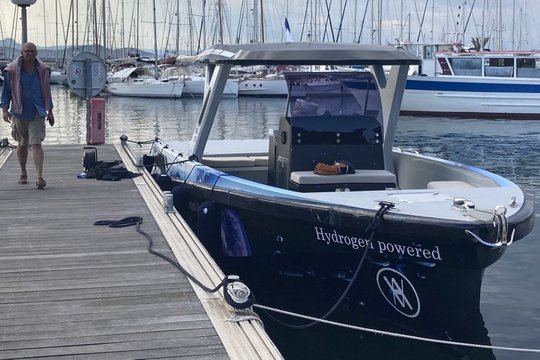
The Hynova is a 40 feet motorboat powered by 2 electric motors of 220 kW each in shaft line. To power them, there are 3 batteries of 44 kW in 615 V. With these motors and batteries, the Hynova is capable of sailing at 25 knots, but only for 45 minutes. For the rest, a hydrogen fuel cell takes over.
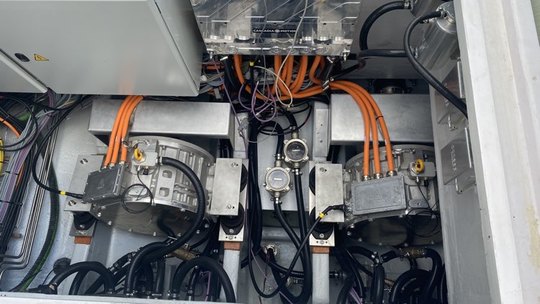
It is a Toyota battery. It provides 60 kW. It is fed by 3 hydrogen cylinders (tanks) made of carbon. When full, they are charged to 350 bars (7.5 kg of hydrogen per tank). With such a supply the battery is able to produce its 60 kW during 12 hours.
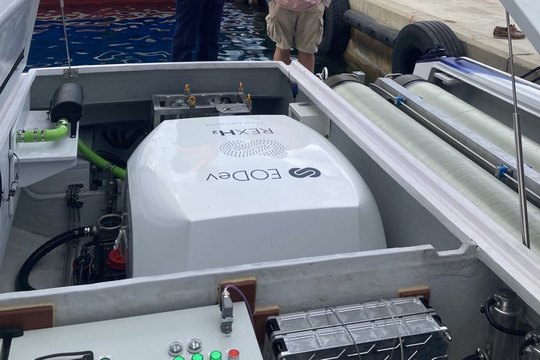
Fans of numbers will note that the 60 kW produced by the battery is not enough to power the 2 x 220 kW motors. Indeed, only with the battery, the Hynova sails at 10 knots. But with this battery + battery set, you can sail at 20 N for an hour on the batteries, reach your anchorage and quietly ask the battery to recharge the batteries (about 1 hour of charge) before returning to port at full speed.
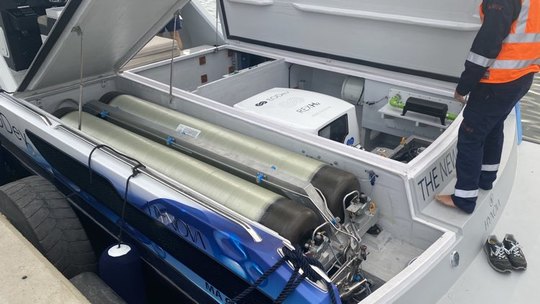
The battery produces heat, electricity and water. Today, EODev, the partner who took care of the technical installation, even proposes to recover the water as a desalination plant would do. Indeed, the battery produces distilled water (about 45 l/h).
And to fill up?
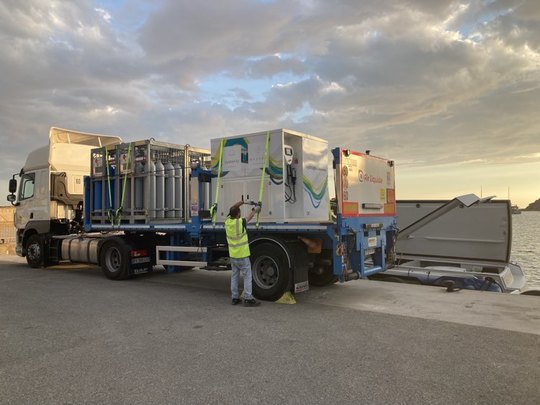
Today, the question remains as to the supply of hydrogen. Indeed, to realize its Sea Show, Chloé Zaied succeeded in installing ephemeral stations along the coast. We were able to attend the hydrogen refueling at the Tour Fondu. The Hynova was parked at the foot of a truck carrying hydrogen cylinders. Less than 30 minutes later, the boat was able to leave with its tanks full. This solution is still unique, but this demonstration proves that the technology is available and that all that is needed is good will to set up permanent stations in ports.
And tomorrow?
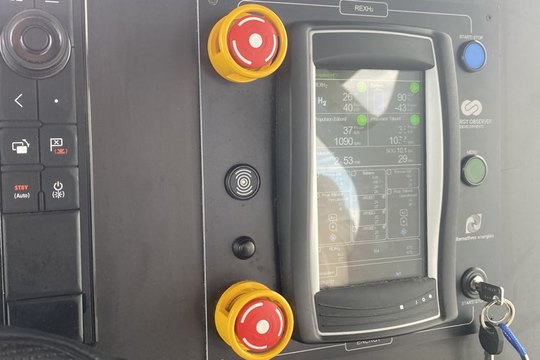
Today the Hynova is a prototype. It was built only to demonstrate the feasibility of hydrogen propulsion. As it stands, it will not be marketed. The team is already working on version 2, which will be built in La Ciotat, the new home of the start-up. The new battery that Toyota will deliver is announced as 25% smaller, lighter and above all more powerful (we are talking about 100 kW).
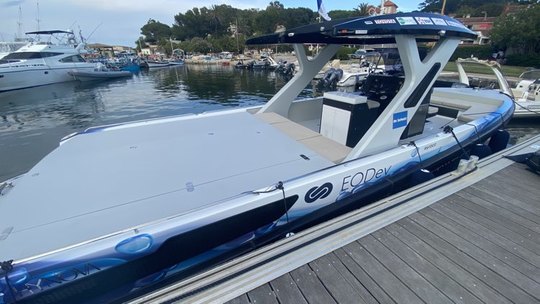
Guaranteed to run for 15,000 hours (three times the life of a diesel) and without any maintenance (no oil change), the hydrogen fuel cell is likely to be emulated. The Hynova is here to prove the concept's benefits.





